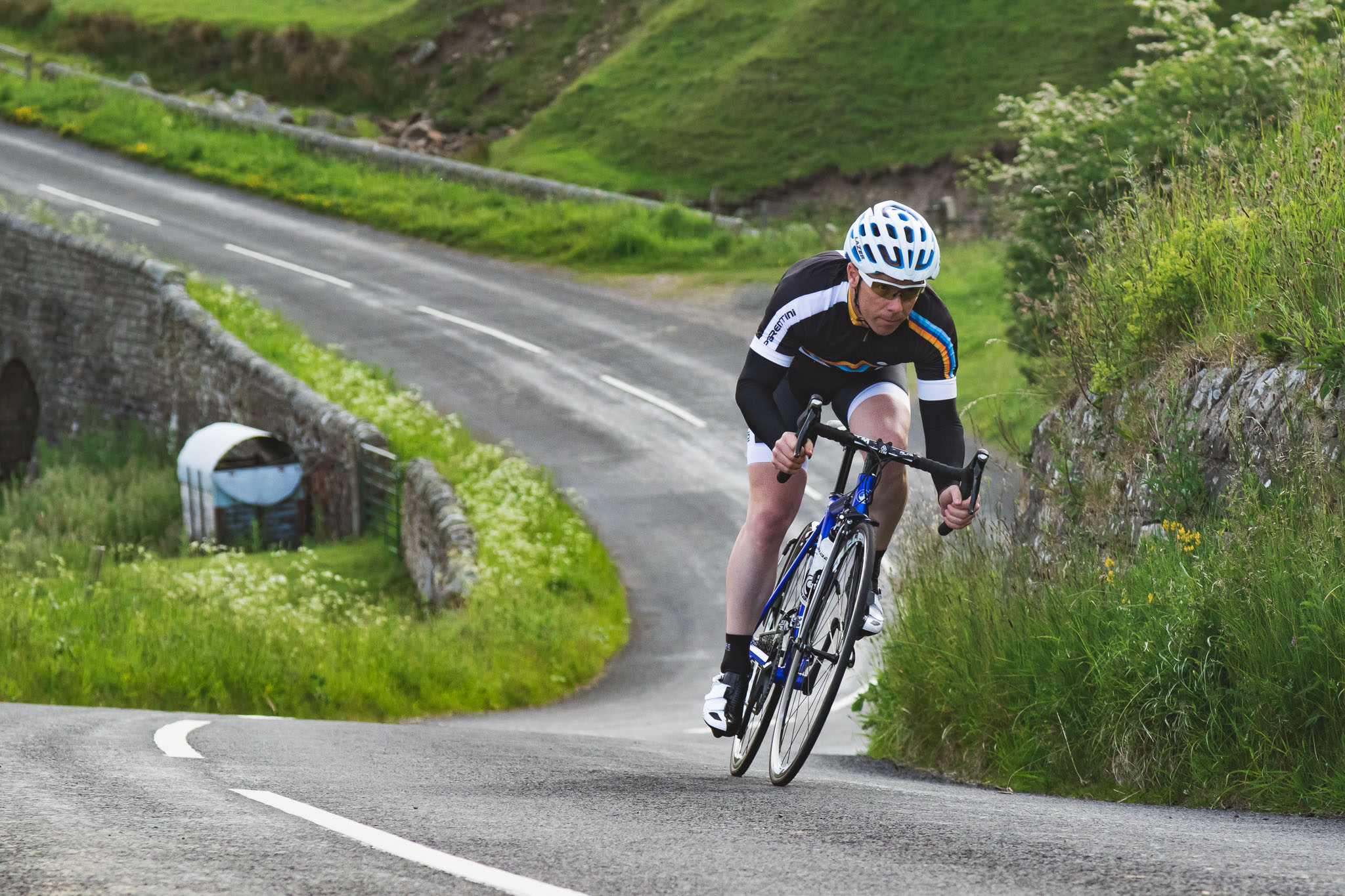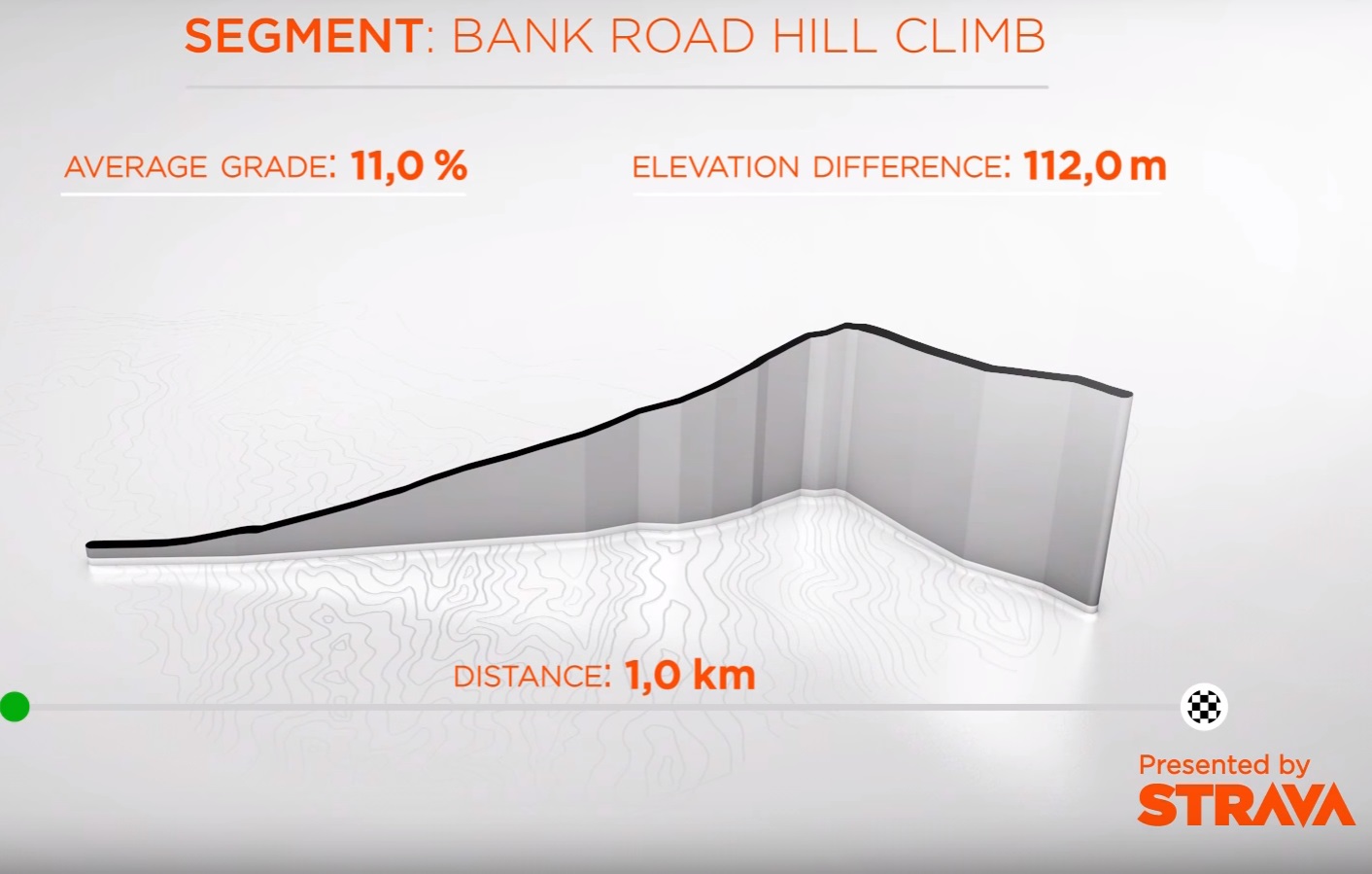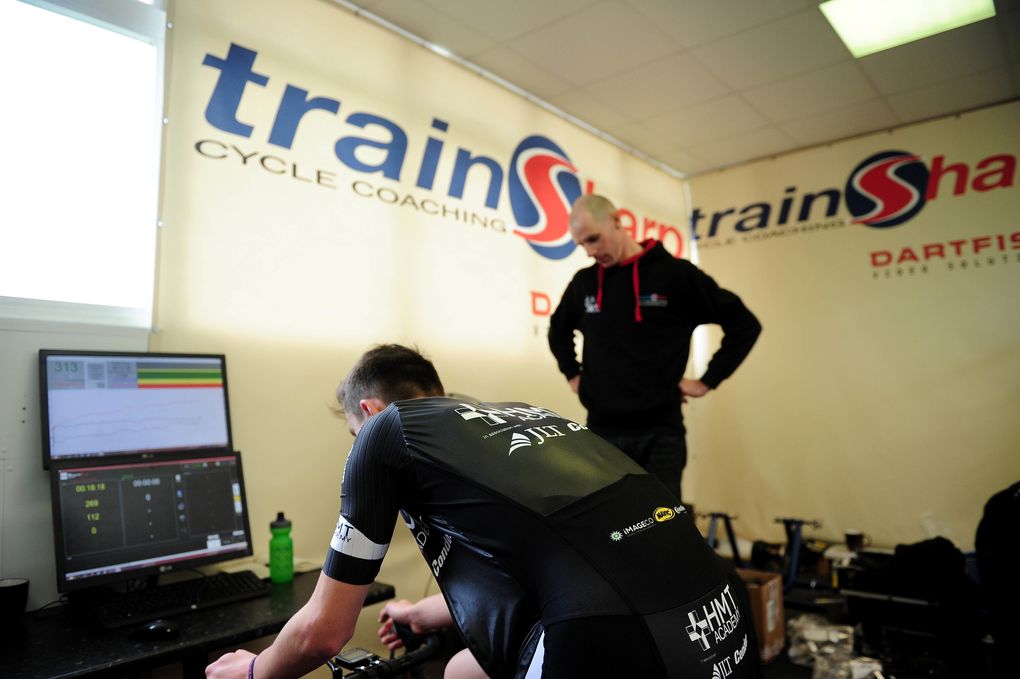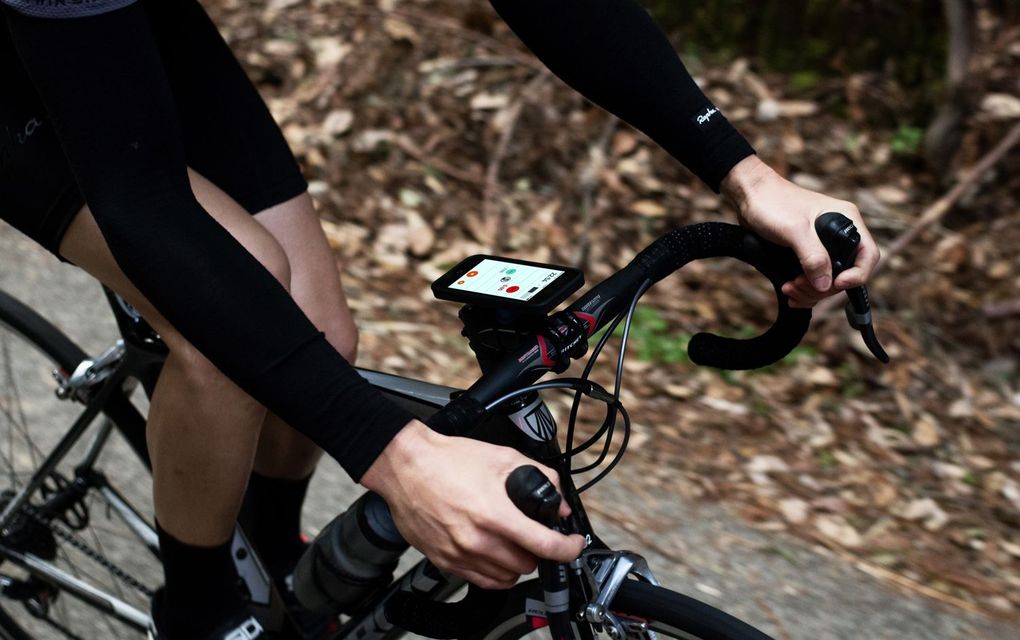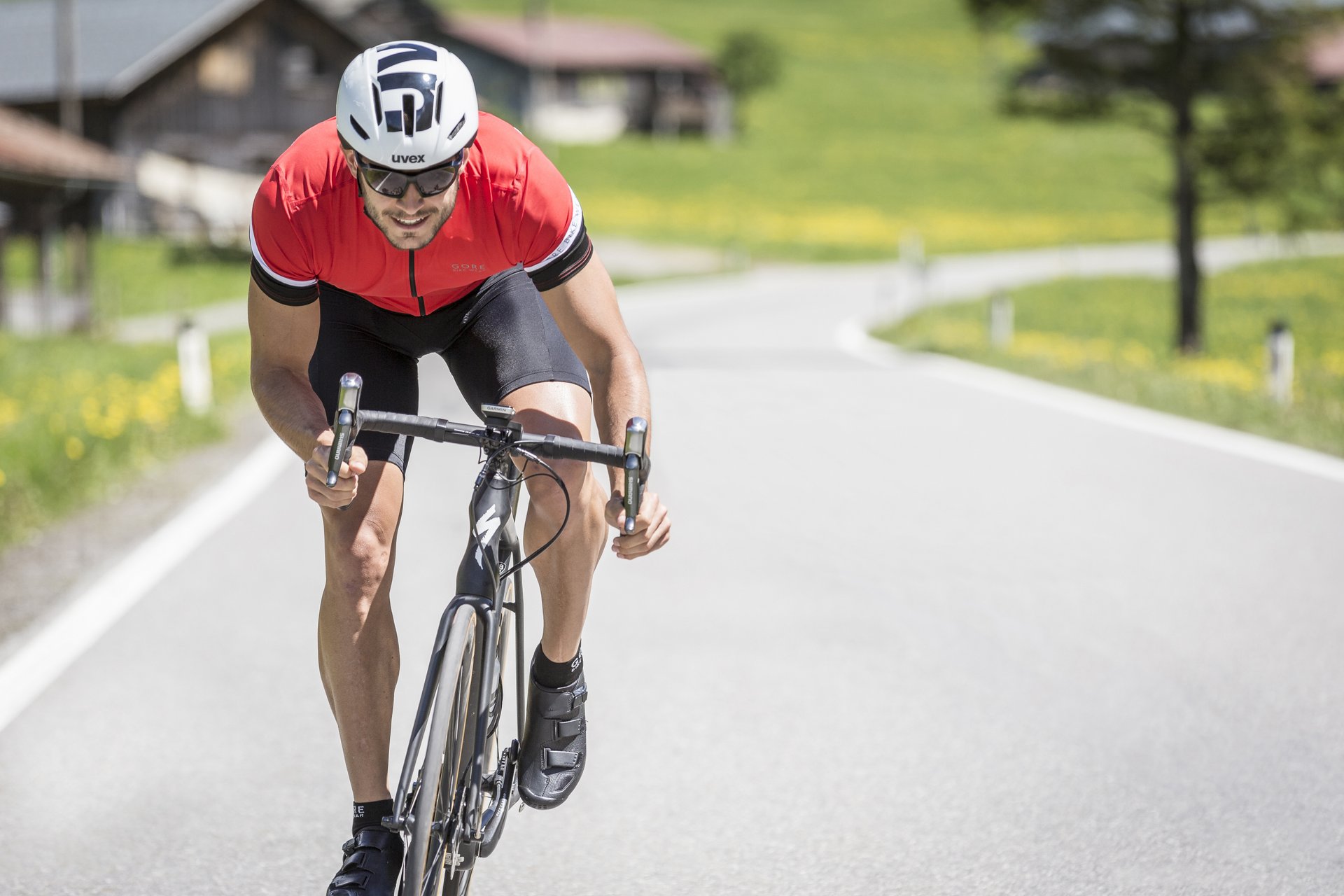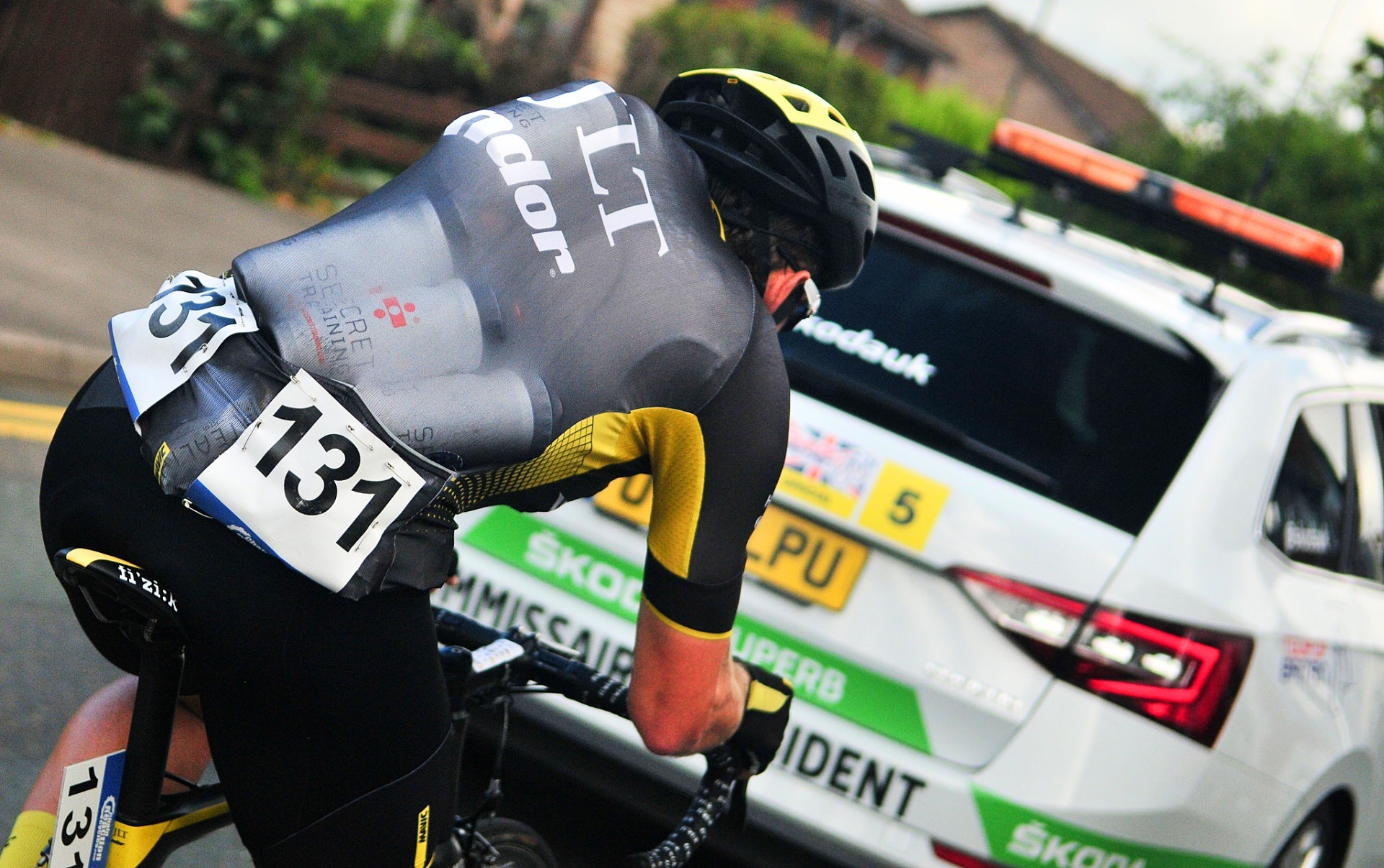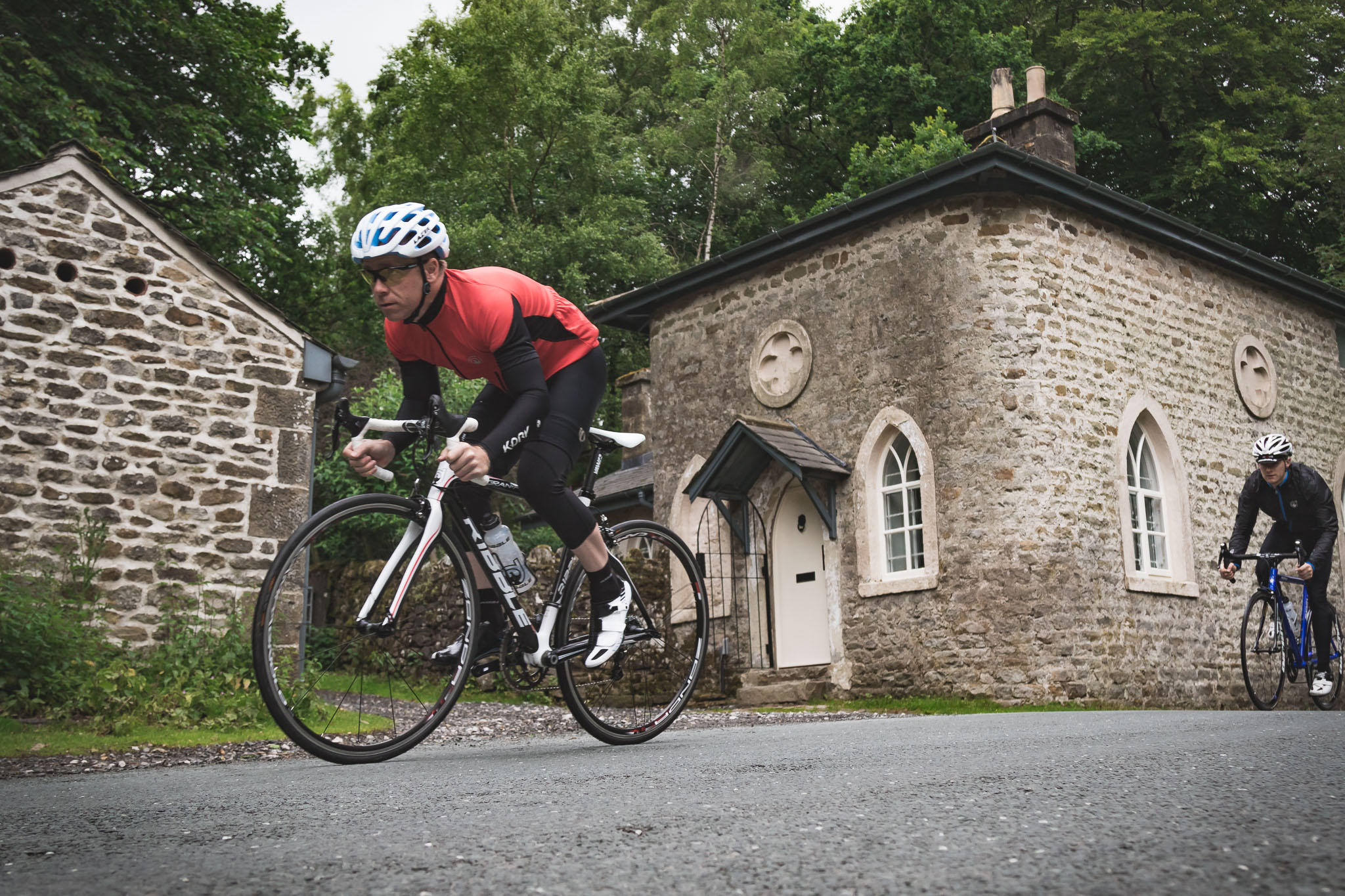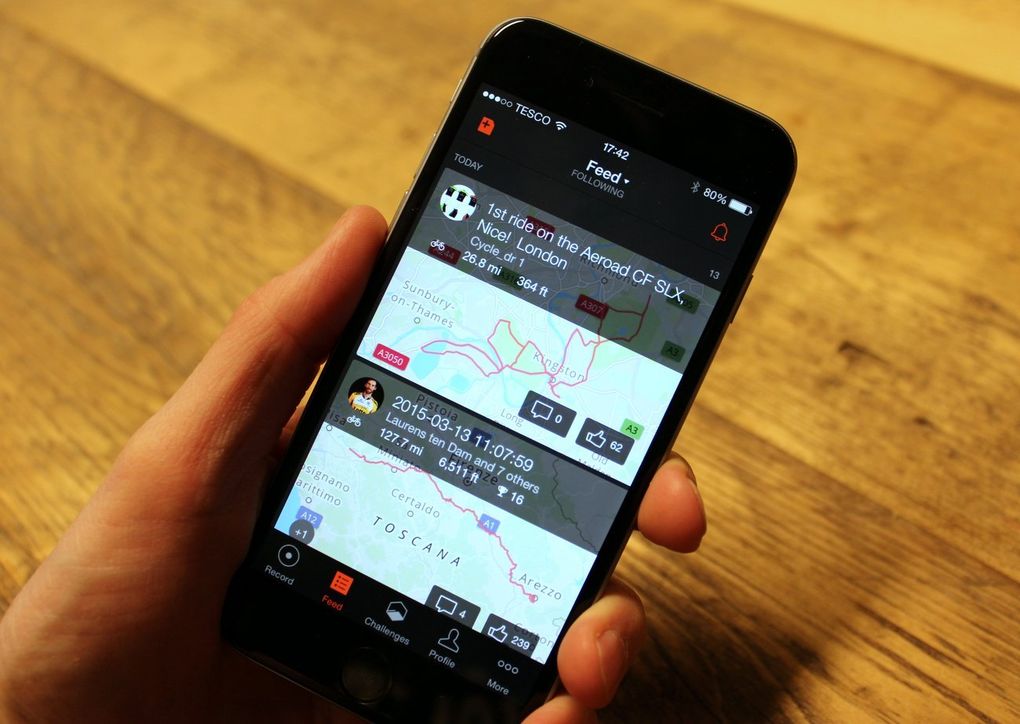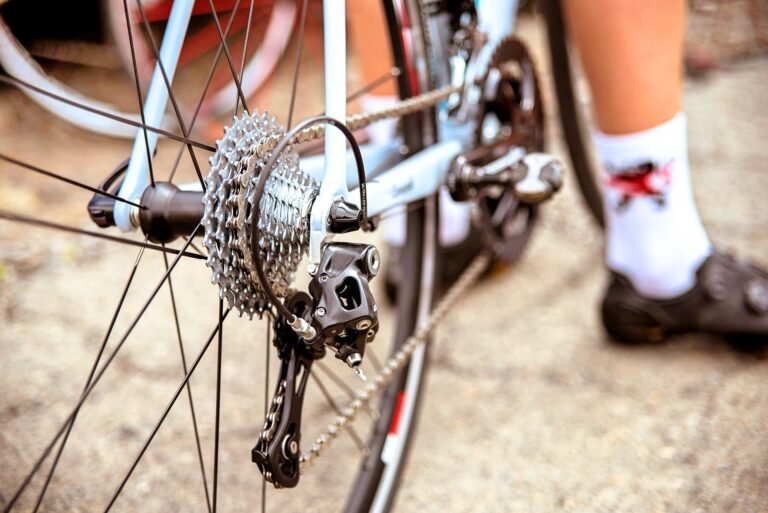The digital age is certainly upon us in the cycling industry, and for a great many cyclists Strava has become the go-to medium through which to record and review rides. Nothing else has changed the way we ride quite like Strava has in the past few years.
Gone are hand-written training diaries (mostly), instead replaced with a plethora of GPS trace lines, countless metrics and predictors of condition, form and future performance.
But, for many riders, Strava is less about hardcore training, and more about chasing segments, personal bests, leaderboards, a little friendly competition, and, for the lucky few, King (or Queen) of the Mountain titles.
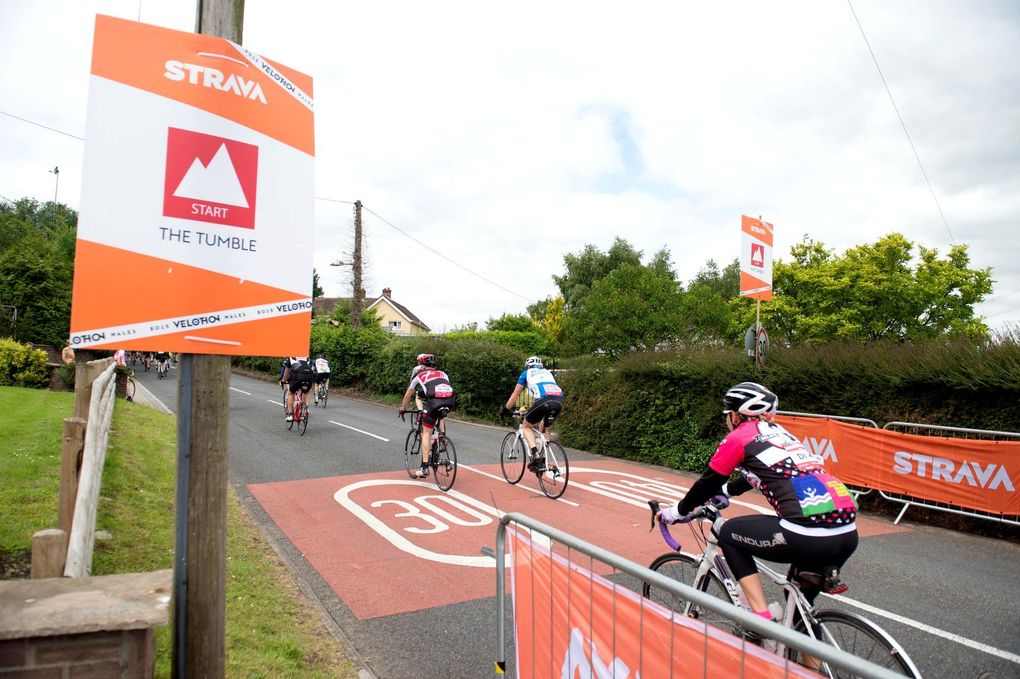
As more and more riders have signed up to Strava, it’s become increasingly difficult to nab a KOM or QOM. Sp how can you make sure you’re giving yourself the best chance of sitting at the top of the Strava leaderboard? Or, at the very least, achieving a personal best on one of your favourite segments as you attempt to climb the rankings?
Here are nine of our top tips to help you on your way.

